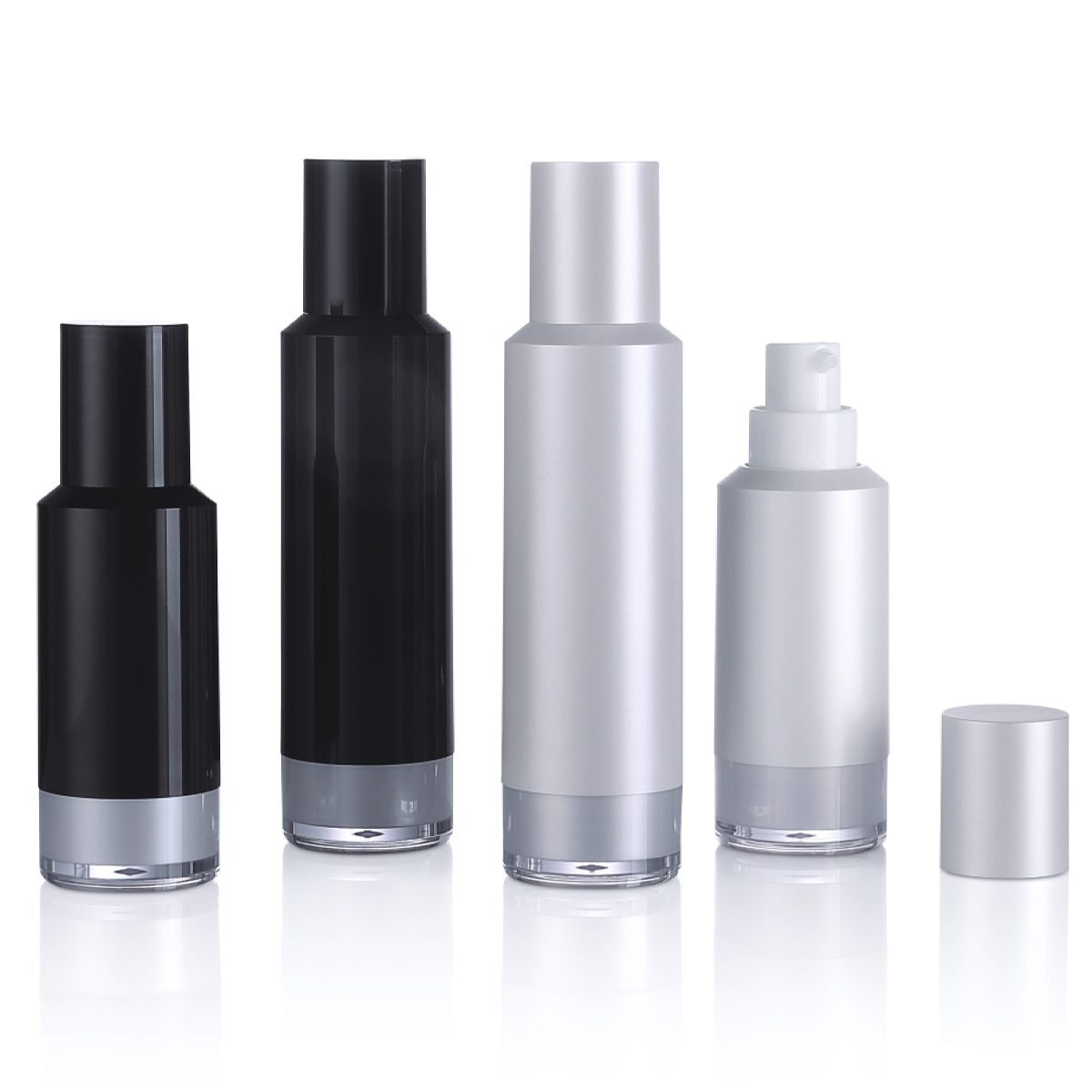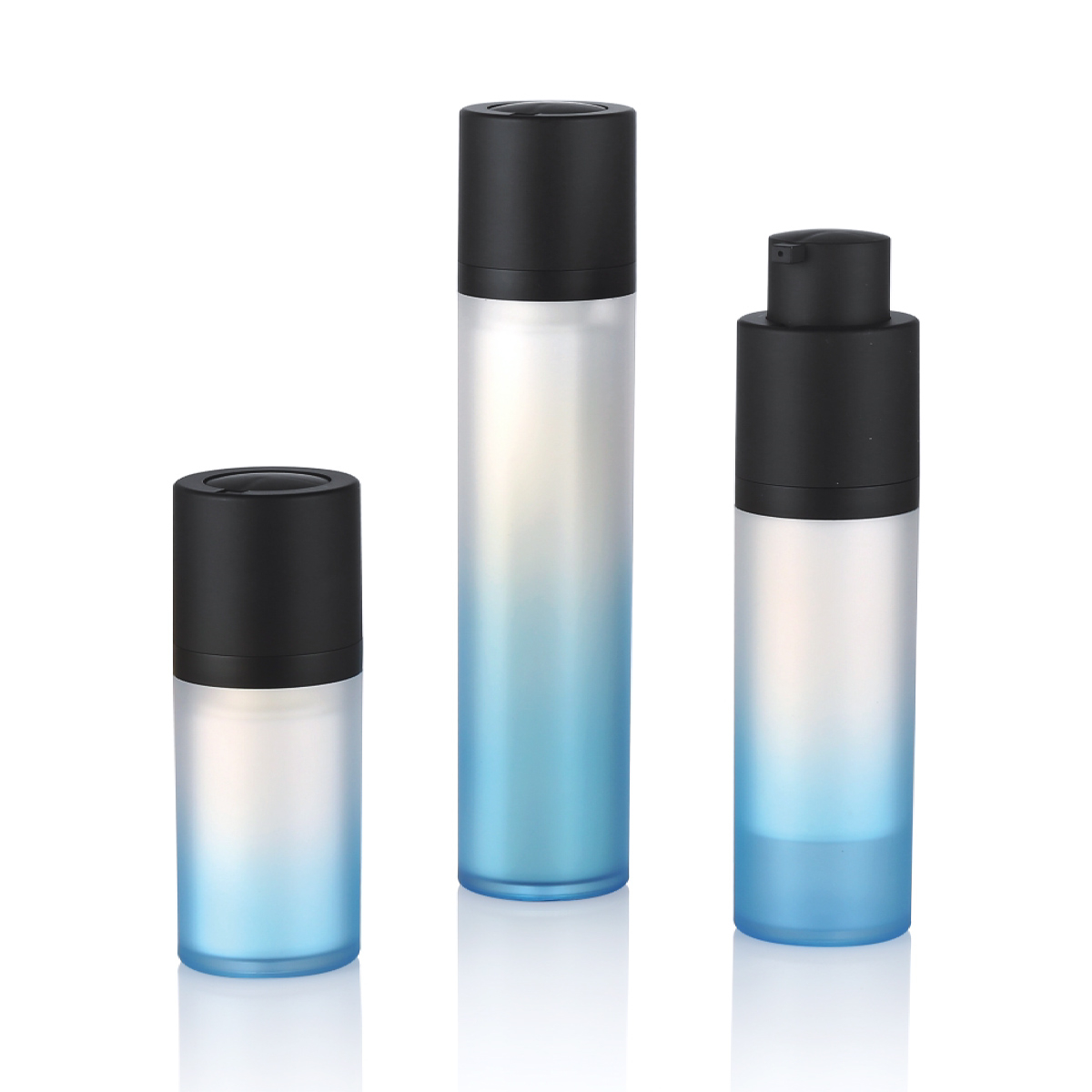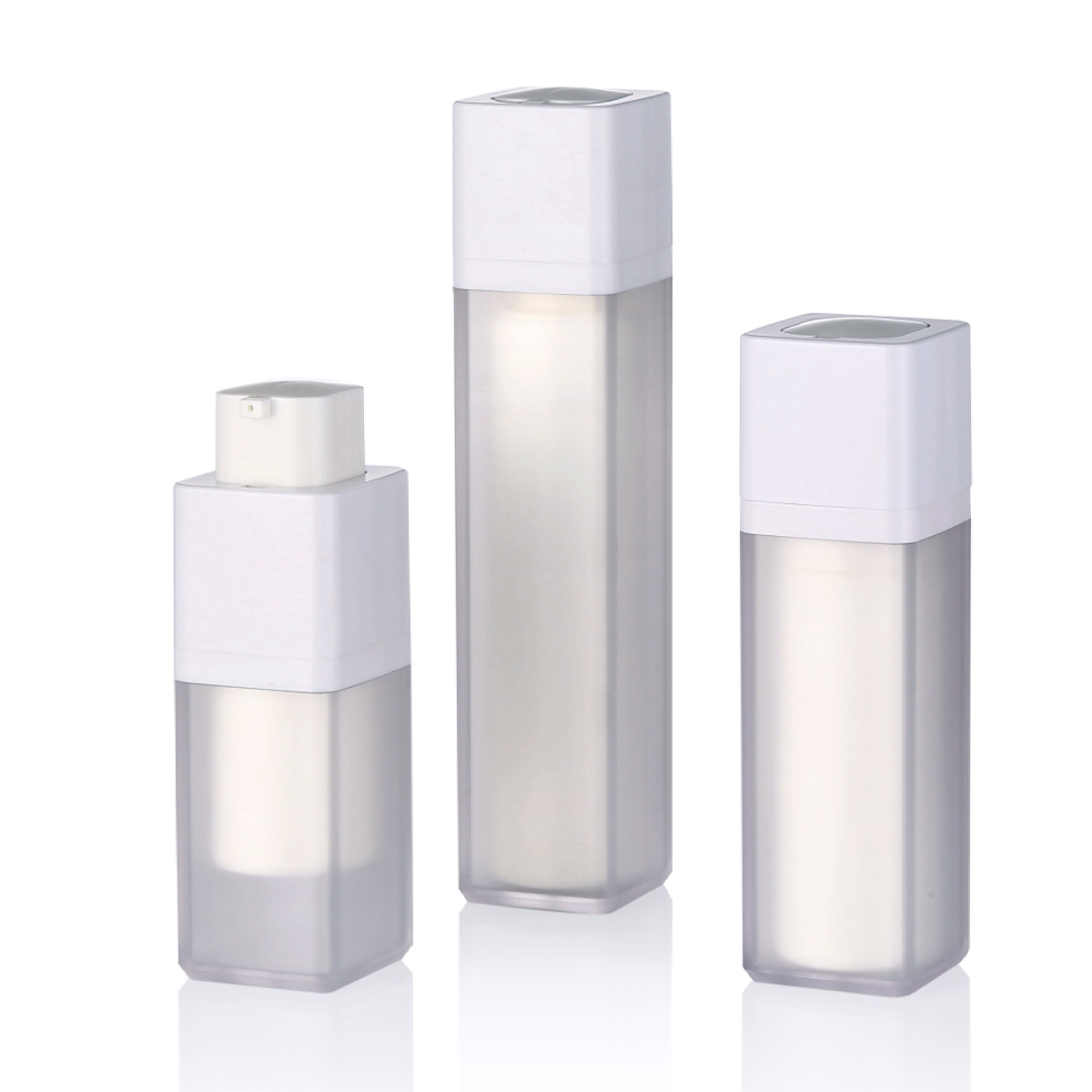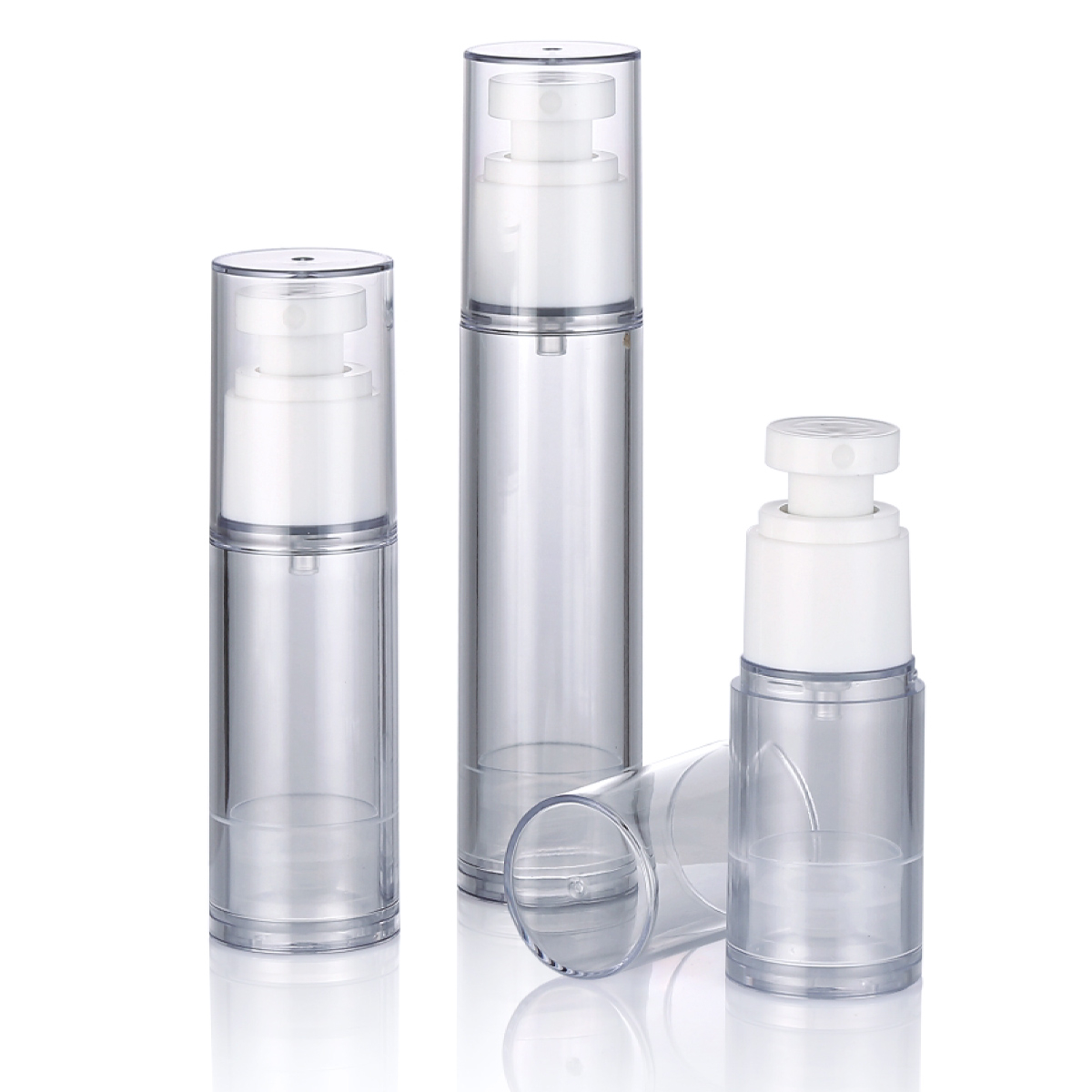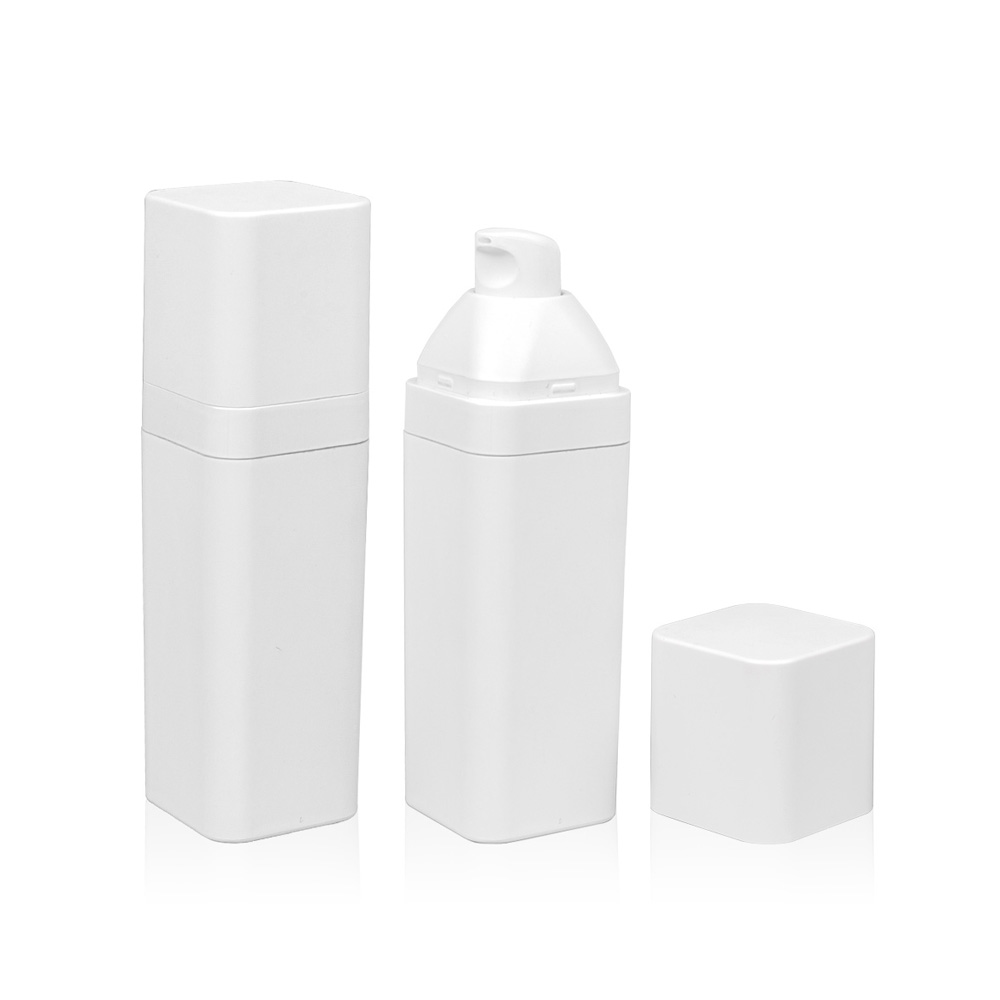In the skincare industry, packaging plays a critical role in product preservation and efficacy. Airless bottles have emerged as a significant innovation, offering distinct benefits over traditional packaging methods.
Introduction to Airless Bottles
An airless bottle is a packaging system designed to dispense products without allowing air to enter the container. It typically operates through a vacuum or piston mechanism that moves a base plate upward as product is dispensed, ensuring that the contents remain isolated from external elements. This design is increasingly adopted in skincare for its ability to maintain product integrity.
Types of Airless Bottles
Airless bottles are available in various configurations to suit different product viscosities and user preferences. Common types include pump-style airless bottles, which use a mechanical pump to dispense liquid or semi-liquid products, and jar-style airless containers, which employ a diaphragm or piston system for creams and lotions. Materials often involve plastics like PET or PP, which are selected for durability and compatibility with skincare formulations. Additionally, some airless bottles incorporate features such as adjustable dosage controls or transparent walls to monitor product levels.
Applications in Skincare
Airless bottles are utilized for a wide range of skincare products, including serums, moisturizers, sunscreens, and anti-aging treatments. Their application is particularly beneficial for formulations containing active ingredients, such as vitamins, retinoids, or antioxidants, which are susceptible to degradation from exposure to air, light, or contaminants. By providing a sealed environment, airless bottles help extend the shelf life and stability of these products, ensuring consistent performance throughout use.
Comparison with Traditional Packaging
When compared to traditional skincare packaging, such as jars, tubes, or standard pump bottles, airless bottles demonstrate several key advantages:
-
Contamination Prevention: Traditional jars allow direct contact with air and fingers, increasing the risk of bacterial growth and oxidation. In contrast, airless bottles minimize exposure, reducing contamination by up to 90% in controlled studies.
-
Product Preservation: Ingredients in skincare products can degrade when exposed to oxygen, leading to reduced efficacy. Airless bottles maintain an airtight seal, preserving ingredient potency for longer periods.
-
Dosage Control and Efficiency: While traditional pumps may leave residual product, airless bottles are designed to dispense precise amounts and facilitate near-complete evacuation, reducing waste by approximately 15-20% according to industry analyses.
-
Hygiene and User Safety: The non-return valve system in airless bottles prevents backflow, enhancing hygiene compared to open jars or tubes that can introduce pollutants.
However, it is important to note that airless bottles may involve higher initial costs and are not suitable for extremely thick formulations without customization.
Frequently Asked Questions (FAQ)
-
How does an airless bottle work?
An airless bottle uses a piston or bag mechanism that moves upward as product is dispensed, creating a vacuum that prevents air from entering. This ensures the product is protected until the container is empty. -
Are airless bottles more expensive than traditional packaging?
Initial production costs for airless bottles can be higher due to complex mechanisms, but they may offer long-term savings by reducing product spoilage and waste. -
Can airless bottles be used for all types of skincare products?
They are suitable for most liquids, creams, and gels, but very viscous or solid formulations might require specific design adjustments to ensure proper dispensing. -
Do airless bottles require special maintenance?
No, they are designed for standard use, but cleaning the dispenser nozzle periodically can maintain hygiene. -
How do airless bottles impact sustainability?
While some airless bottles use recyclable materials, their complex parts may pose challenges for recycling compared to simpler packaging. Innovations in eco-friendly designs are ongoing.
Airless bottles provide measurable benefits in skincare packaging, including enhanced product protection, reduced contamination, and improved efficiency. By understanding their types, applications, and comparative advantages, consumers and industry professionals can make informed decisions. As skincare formulations evolve, the role of airless bottles in maintaining product quality remains a key consideration for efficacy and safety.

 English
English 中文简体
中文简体 Español
Español عربى
عربى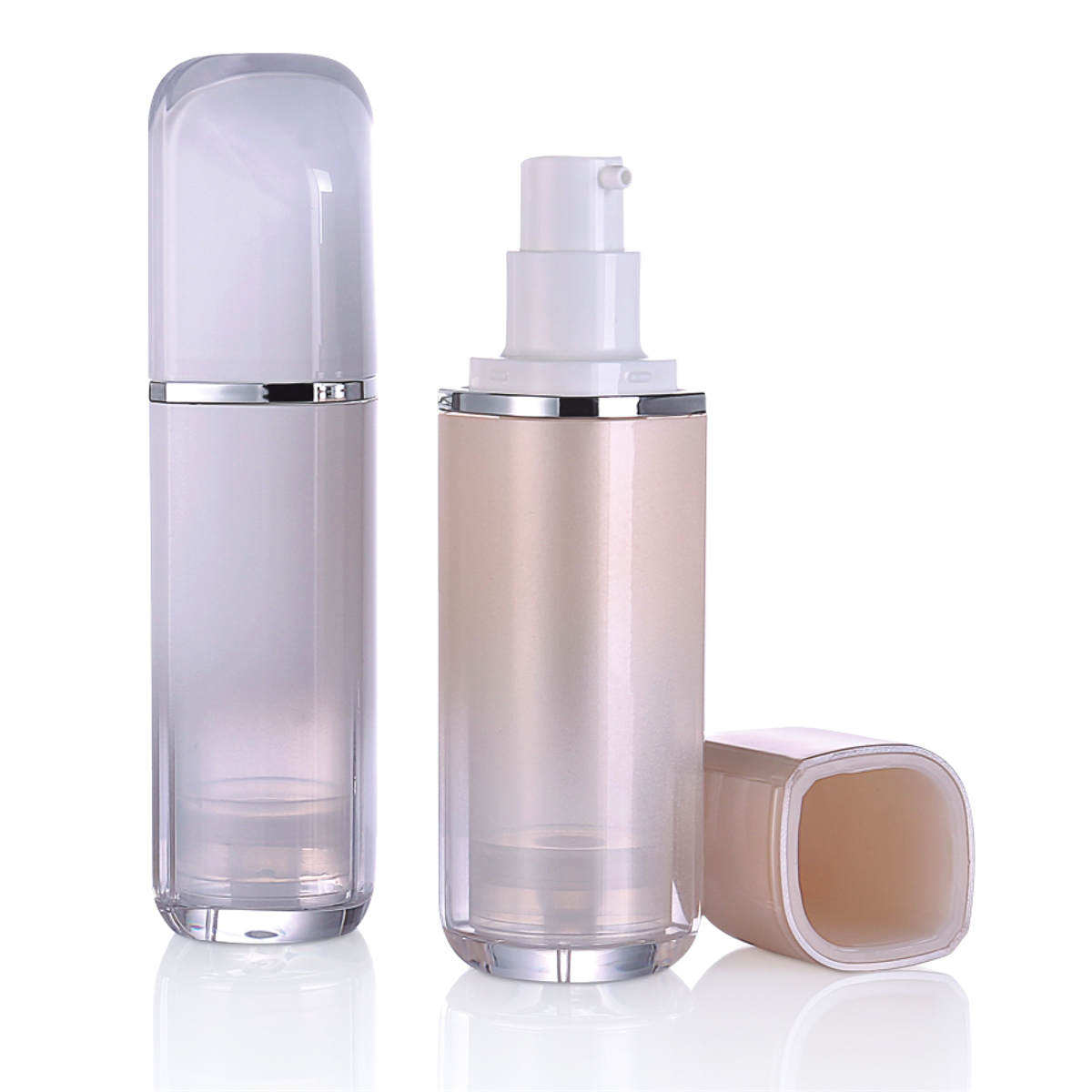
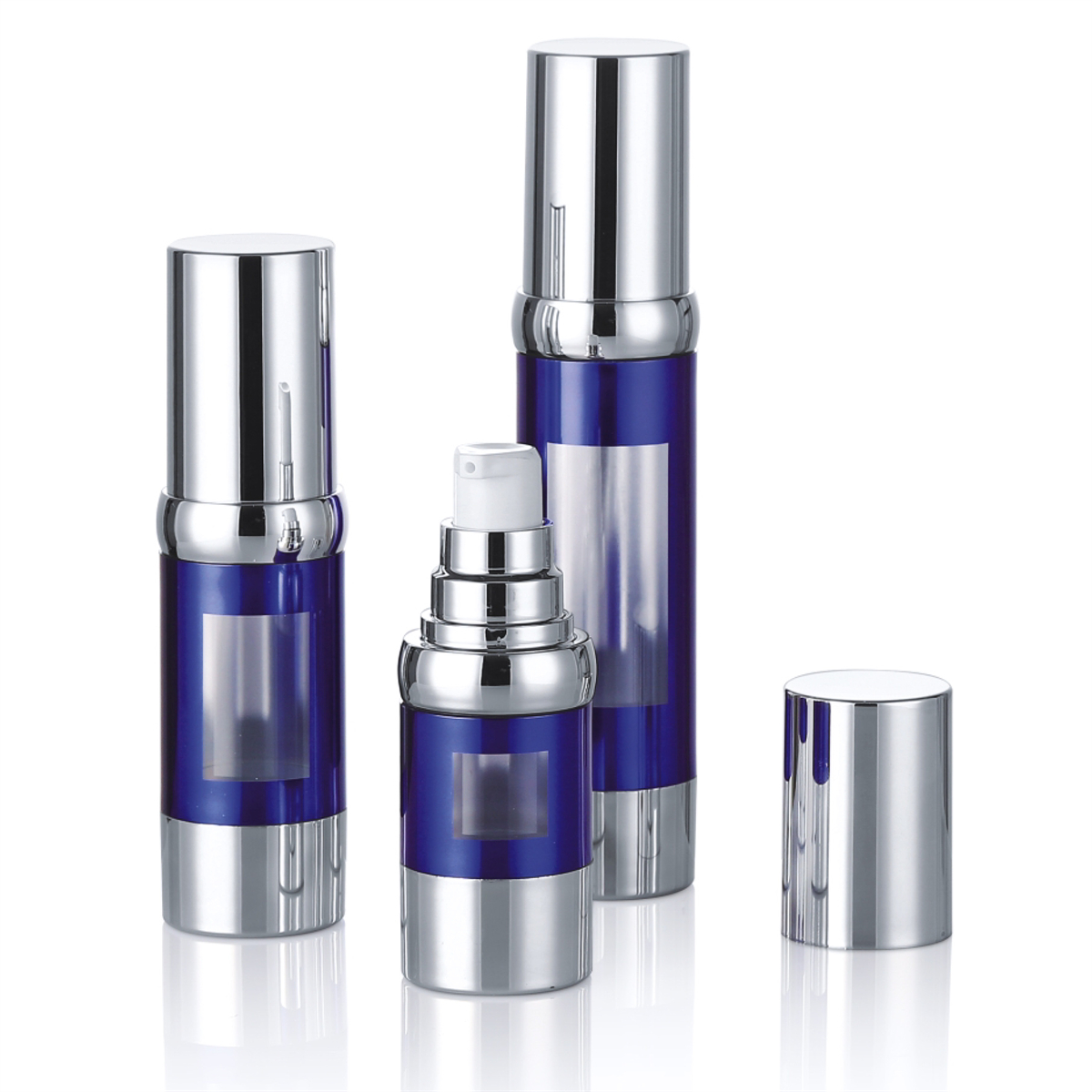
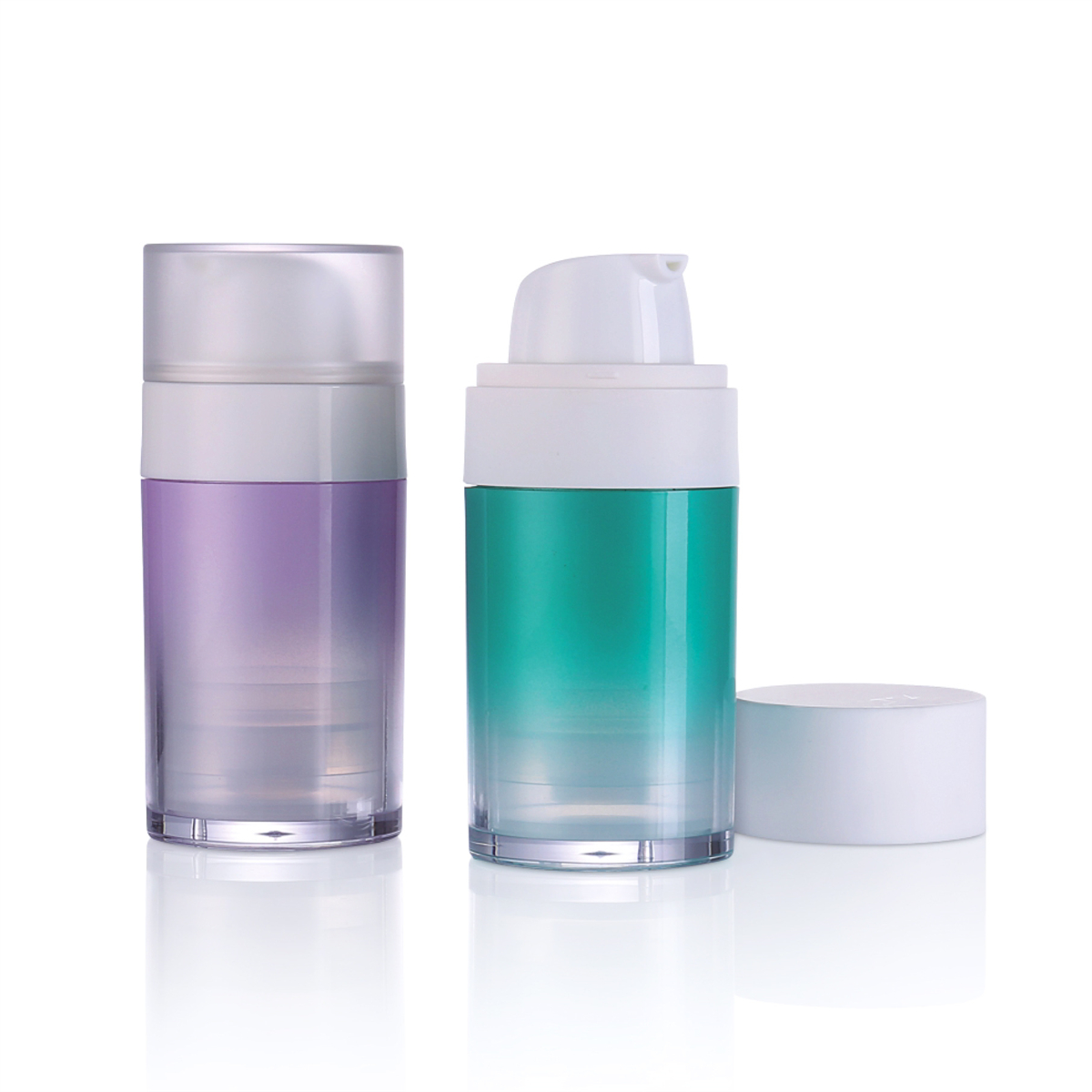
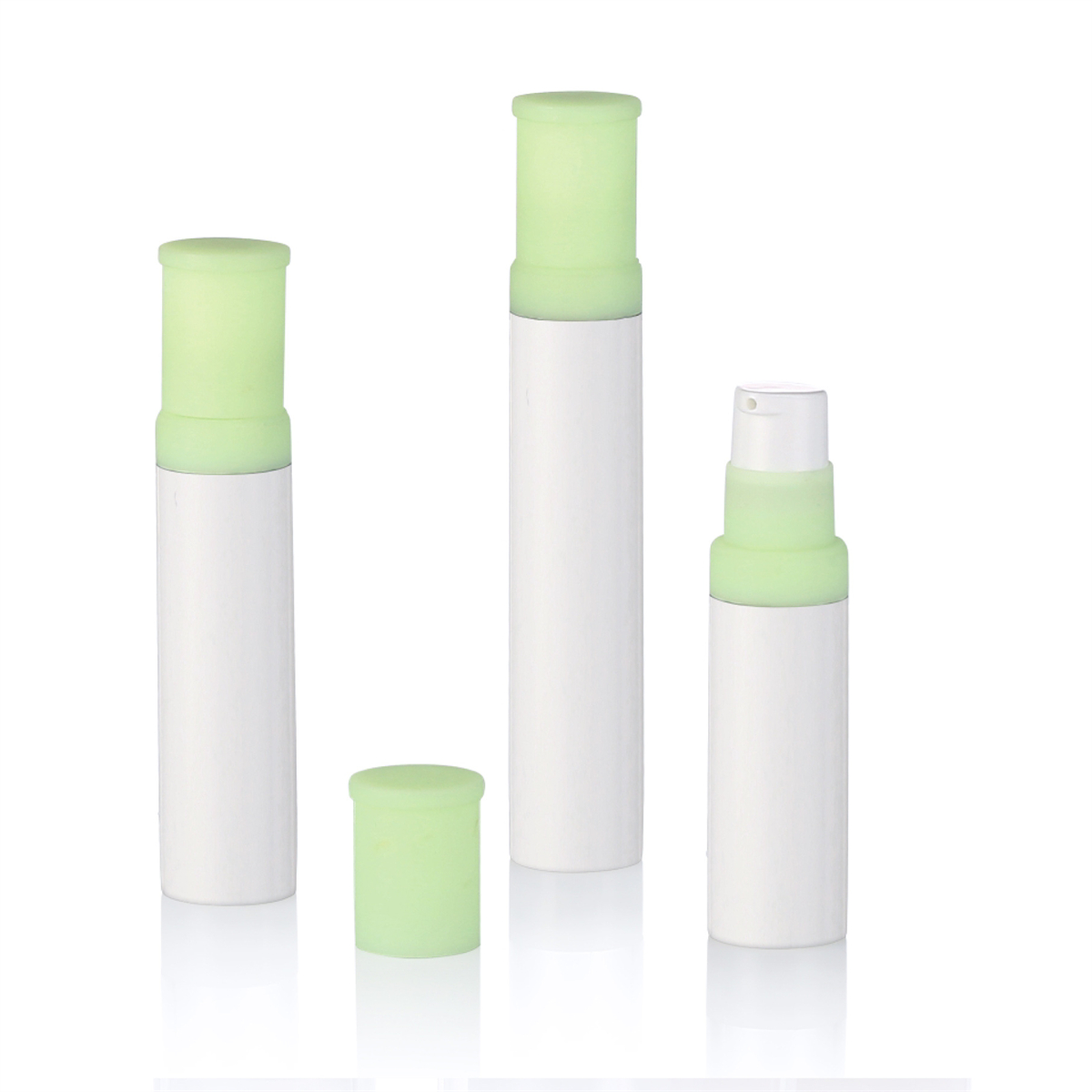
.jpg)
